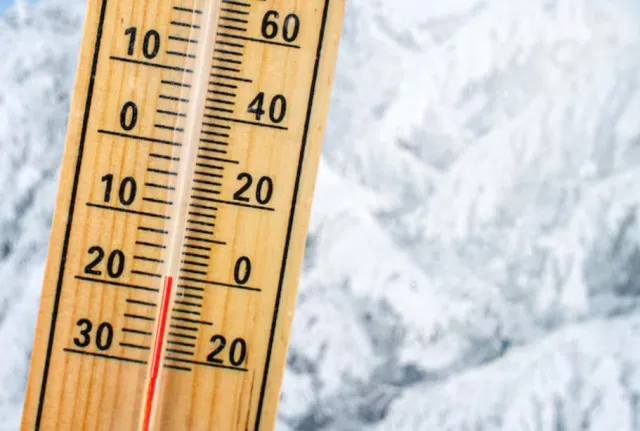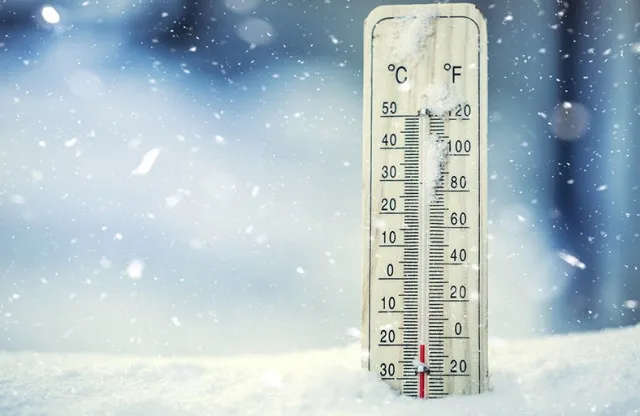In a world where global temperatures are steadily rising, the sudden cooling of the Atlantic Ocean’s surface is a perplexing and unexpected event. Since May 2024, surface temperatures in the Atlantic have dropped significantly, defying the usual seasonal patterns and leaving scientists searching for answers. This cooling trend is particularly baffling, given the ongoing El Niño event that has been driving record-high temperatures globally. So, what’s causing the Atlantic to cool, and what could this mean for the future of our climate?

In recent months, the Atlantic Ocean’s surface temperatures have plummeted by a degree or two Fahrenheit below the seasonal average. This marks a significant deviation from the warming patterns typically observed at this time of year. According to data from the National Oceanic and Atmospheric Administration (NOAA), this cooling is unprecedented and unexpected, especially in the context of the current global warming trends.
El Niño, a climate phenomenon characterized by unusually warm ocean surface temperatures in the Pacific, has been influencing weather patterns and setting new heat records worldwide since March 2023. Normally, El Niño leads to a rise in sea surface temperatures, including those in the Atlantic. Yet, despite El Niño’s presence, the Atlantic is cooling—raising questions about what might be driving this anomaly.
One potential explanation for the cooling is the early onset of La Niña, the cooler counterpart to El Niño. La Niña typically brings cooler ocean temperatures, especially in the Pacific, but its effects can also influence the Atlantic. The current cooling could suggest that the Atlantic is transitioning to La Niña conditions earlier than expected. However, this theory is complicated by the fact that predicting El Niño and La Niña events is notoriously difficult, with many variables at play, including trade winds, solar heating, and rainfall patterns.
The abrupt cooling of the Atlantic doesn’t neatly fit into the established patterns of either El Niño or La Niña, further complicating the search for an explanation. As scientists continue to analyze the data, no definitive cause has emerged. “We’ve gone through the list of possible mechanisms, and nothing checks the box so far,” said Frans Philip Tuchen, a postdoctoral researcher at the University of Miami, in an interview with New Scientist. This uncertainty underscores the complexity of the ocean’s climate system and the challenges of predicting its behavior.

The sudden cooling of the Atlantic Ocean could have significant implications for global weather patterns. Sea surface temperatures play a crucial role in shaping weather systems, influencing everything from rainfall distribution to hurricane activity. NOAA has already warned that changes in El Niño and La Niña patterns could affect rainfall in regions adjacent to the Atlantic and potentially increase hurricane activity near the Cape Verde Islands.
Marine ecosystems are highly sensitive to temperature changes. The cooling trend in the Atlantic could disrupt these ecosystems, with cold-water species potentially thriving and warm-water species suffering. Such shifts could lead to changes in marine biodiversity and impact local fishing industries, which rely on the delicate balance of oceanic conditions.

The unexpected cooling could also complicate global climate predictions. If the Atlantic continues to cool, it could create a ripple effect in global climate models, which are essential for forecasting weather events and understanding long-term climate trends. An early onset of La Niña, if confirmed, would further add to the unpredictability, potentially leading to a year of erratic weather patterns worldwide.
Given the potential implications of the Atlantic’s cooling, ongoing observation and research are essential. Scientists need to determine whether this is a temporary anomaly or the beginning of a more significant shift in the ocean’s climate patterns. Understanding these changes is crucial for grasping their full impact

While the cooling trend in the Atlantic is unexpected, it doesn’t negate the broader reality of global warming. Instead, it highlights the complexity of climate change, where localized cooling events can occur even as the planet as a whole continues to warm. This paradox underscores the importance of a nuanced approach to studying climate change, one that considers both global and regional trends.
The cooling of the Atlantic Ocean serves as a stark reminder of the complexity and interconnectedness of our planet’s climate system. As scientists continue to unravel the mystery behind this unexpected phenomenon, it’s clear that the need for vigilance and preparedness in the face of climate uncertainty has never been greater. Whether it’s adjusting climate models, monitoring marine ecosystems, or preparing for potential impacts on coastal communities, the ability to adapt to changing conditions will be crucial.

This event should prompt greater global awareness and action, particularly in the realms of climate research and environmental conservation. The cooling of the Atlantic might be a temporary anomaly or a sign of more significant changes to come—only time and continued study will reveal the full picture.


